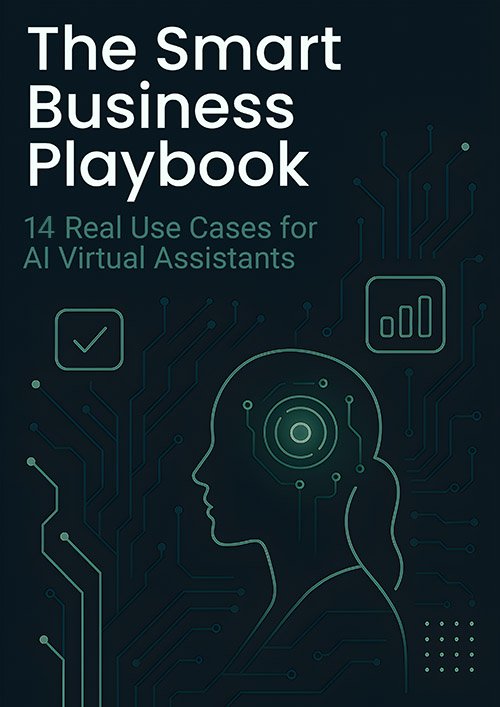You'll need five key steps to build an effective compliance and safety onboarding program. Start by developing an all-encompassing framework with clear policies and procedures. Next, implement safety-first training protocols with role-specific modules. Establish robust documentation systems to track completion and maintain records. Create customized safety guidelines for each position. Finally, measure effectiveness through regular audits and assessments. These foundational elements will strengthen your organization's risk management strategy.
Key Takeaways
- Develop clear compliance policies and safety protocols aligned with current regulations and industry standards.
- Implement comprehensive role-specific training programs that address unique safety requirements and hazards.
- Create robust documentation systems to track and store training records, certifications, and compliance materials.
- Conduct thorough safety orientations with hands-on training led by experienced staff members.
- Establish regular assessment procedures to measure training effectiveness and maintain continuous improvement.
Building a Comprehensive Compliance Framework

While establishing a successful compliance program requires careful planning, building a thorough framework starts with developing clear, actionable policies that align with current regulations.
You'll need to integrate the 5 Cs of onboarding—Clarity, Compliance, Communication, Consistency, and Culture—to guarantee employees understand their responsibilities and legal obligations.
Your framework should incorporate role-specific training modules that address unique safety requirements for different positions. Employee onboarding software can be utilized to streamline the training process and ensure that all compliance requirements are met effectively.
Keep your policies accessible and regularly update training materials to reflect the latest legal changes.
Track your framework's effectiveness through KPIs, including assessment scores and incident reports.
Implementing Safety-First Training Protocols
Because workplace safety directly impacts employee well-being and organizational success, implementing thorough safety-first training protocols must be your top onboarding priority. Your compliance training program should start with a detailed orientation that aligns with your core values and legal compliance requirements. During the initial 90 days, verify your employee onboarding checklist includes tailored safety training specific to each role.
| Training Phase | Key Components | Verification Method |
|---|---|---|
| Orientation | Employee handbook review, Safety standards | Written assessment |
| Role-specific | Tailored safety training, Risk mitigation | Practical demonstration |
| Ongoing | Continuous safety training, Updates | Regular certification |
Focus on hands-on training led by experienced staff, as this approach greatly reduces workplace incidents and strengthens your safety culture.
Establishing Documentation and Record-Keeping Systems

Since proper documentation forms the backbone of compliance management, you'll need to implement robust record-keeping systems that capture and organize all onboarding materials.
Establish digital document management solutions that store employee records, including background check results, completed forms, and safety documentation. Make certain new hires understand company policies by providing thorough welcome packets with essential compliance information.
Deploy onboarding process software to streamline your record-keeping systems and guarantee adherence to legal requirements. Track compliance training completion rates and assessment scores to verify employee comprehension.
Regularly audit and update your documentation to maintain alignment with current regulations. Create separate digital folders for each employee's records, making it easy to retrieve information during audits and demonstrate your commitment to maintaining accurate compliance records. Additionally, consider leveraging cloud-based solutions that enhance document accessibility and security for all onboarding materials.
Creating Role-Specific Safety Guidelines
Effective workplace safety starts with role-specific guidelines that address unique job hazards and responsibilities.
Role-specific safety guidelines are the foundation of workplace protection, ensuring each employee understands and manages their unique occupational risks.
You'll need to develop customized protocols that align with each position's distinct challenges and requirements.
Consider implementing these essential elements when creating your safety guidelines:
- Conduct thorough job hazard analyses to identify position-specific risks and necessary controls
- Incorporate role-appropriate training modules during onboarding, such as lockout/tagout for machinery operators
- Define clear safety expectations and compliance requirements tailored to each job function
- Establish ongoing assessment procedures to evaluate and update protocols as workplace conditions change
Additionally, DEI initiatives are essential for fostering an inclusive environment that enhances overall workplace safety and employee engagement.
Remember to document your role-specific safety guidelines extensively and review them regularly.
This guarantees your workforce receives relevant, practical training that directly applies to their daily tasks, ultimately creating a safer work environment that meets compliance standards while protecting your employees.
Measuring Onboarding Effectiveness and Continuous Improvement

How can organizations guarantee their compliance and safety onboarding programs deliver measurable results? By implementing robust performance indicators and regular compliance audits, you'll effectively track your program's success. Monitor completion rates, assessment scores, and employee feedback to gauge the impact of your onboarding experience. Additionally, digital platforms can facilitate the efficient completion of onboarding paperwork, further enhancing the overall process.
| Measurement Area | Key Actions |
|---|---|
| Performance Tracking | Monitor completion rates and assessment scores |
| Feedback Collection | Gather new hire input and conduct post-completion reviews |
| Continuous Assessment | Implement follow-up quizzes and retention checks |
To maintain continuous improvement, regularly update your onboarding materials to reflect current legal regulations. You'll need to assess the retention of key policies through periodic evaluations and adjust your compliance training accordingly. This data-driven approach guarantees your onboarding program remains effective, compliant, and aligned with organizational safety objectives.
Frequently Asked Questions
What Are the 4 Steps of Onboarding?
You'll navigate onboarding through preparation with welcome packets, orientation covering company policies, training for role-specific skills, and integration focusing on employee engagement and cross-functional collaboration within your team.
What Is the Onboarding Process Compliance?
You'll establish compliance through structured training, documented processes, risk assessments, and regulatory alignment. Engage employees with safety protocols while fostering organizational culture that prioritizes continuous improvement in training effectiveness.
What Are the Four C's of Compliance?
You'll master compliance through the four C's: Clarity defines expectations, Compliance covers legal responsibilities, Communication guarantees understanding, and Culture embeds ethical standards into your organization's DNA.
What Are the Four C's of Orientation?
You'll master orientation through Compliance (policies and safety), Clarification (role specifics), Culture (company values), and Connection (team relationships), ensuring effective integration and long-term success in your position.


